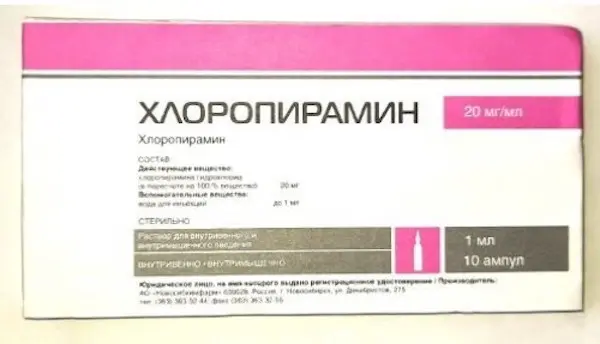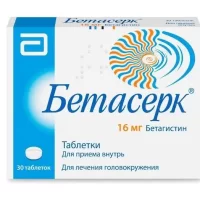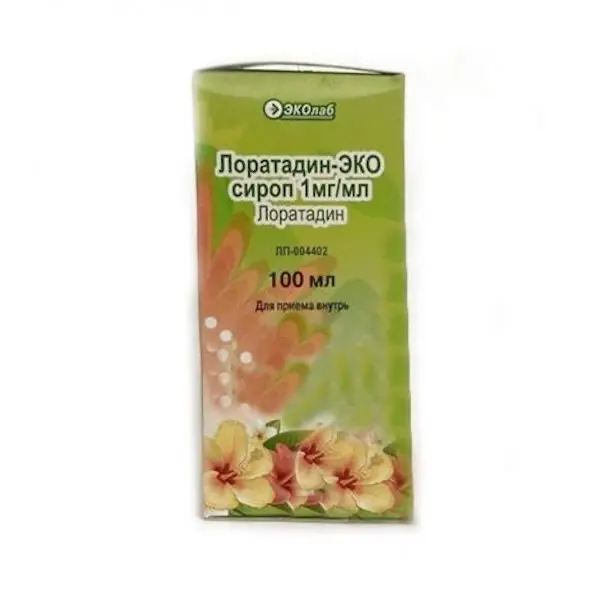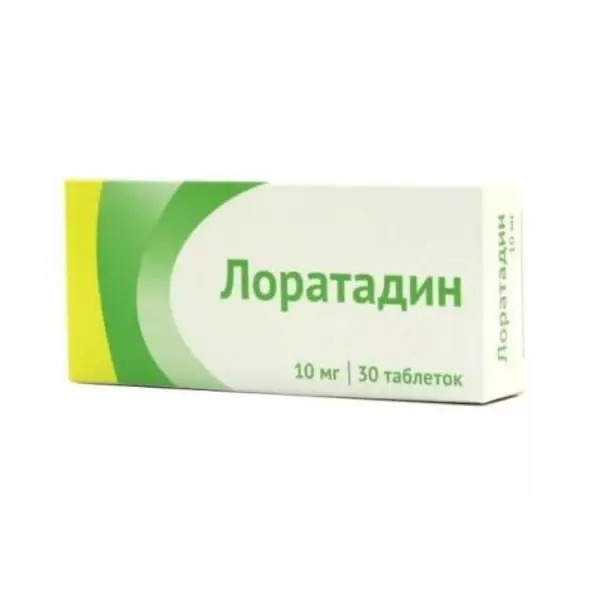Description
Chloropyramine injections Pharmacodynamics
Chloropyramine, a chlorinated analog of tripelenamine (pyribenzamine), is a first-generation oto antihistamine drug belonging to the group of ethylenediamine antihistamines.
A blocker of H1-histamine receptors, it has antihistamine and M-cholinolytic effects. This drug also acts on smooth muscles, capillary permeability, and the central nervous system (CNS).
When taken orally, the effect occurs as early as 15-30 minutes, the maximum effect develops within 1 hour and lasts for about 3-6 hours.
Indications
Urticaria, serum sickness, seasonal and year-round allergic rhinitis, allergic conjunctivitis, contact dermatitis, skin itching, acute and chronic eczema, atopic dermatitis, food and drug allergies, allergic reactions to insect bites.
Contraindications .
Hypersensitivity to Chloropyramine injections ingredients, acute attack of bronchial asthma, pregnancy, breast-feeding, children under 14 years of age (for this dosage form), lactose intolerance, lactase deficiency and glucose-galactose malabsorption (as each tablet contains 130 mg of lactose monohydrate).
Caution
For elderly patients and in patients with liver and/or kidney function disorders, cardiovascular system disorders, closed-angle glaucoma, urinary retention, prostatic hyperplasia.
Usage during pregnancy and lactation
Pregnancy
Adequate controlled clinical studies of the use of antihistamines in pregnant women have not been conducted. However, cases of retrolental fibroplasia have been described in neonates whose mothers took antihistamines in the last months of pregnancy. Accordingly, the use of Chloropyramine during pregnancy is contraindicated.
Breast-feeding
It is contraindicated during breast feeding.
If it is necessary to apply Chloropyramine injections during lactation, breastfeeding must be stopped.
Dosage and administration
Intravenous administration only in acute and severe cases under medical supervision!
Adults: recommended daily dose is 1-2 ml (1-2 ampoules) intramuscularly.
Children: Recommended starting dose:
Children 1 to 12 months of age: 0.25 ml (1/4 ampoule) intramuscularly;
Ages 1 to 6 years: 0.5 ml (1/2 ampoule) intramuscularly;
Ages 6 to 14 years: (0.5 to 1 ml) ‘/ g – 1 ampoule v/m.
The dose can be cautiously increased depending on the patient’s reaction and observed side effects. However, the dose should never exceed 2 mg/kg body weight. In severe allergies, treatment should be started with a cautious slow intravenous injection, followed by continued intramuscular injections or oral administration of the drug.
Special patient groups:
Elderly, emaciated patients: the use of Chloropyramine requires special caution because in these patients antihistamines are more likely to cause side effects (dizziness, somnolence).
Patients with impaired liver function: the dose may need to be reduced due to reduced metabolism of the active component of the drug in liver disease.
Patients with impaired renal function: change of the drug regimen and dose reduction may be required due to the fact that the active component is mainly excreted through the kidneys.





